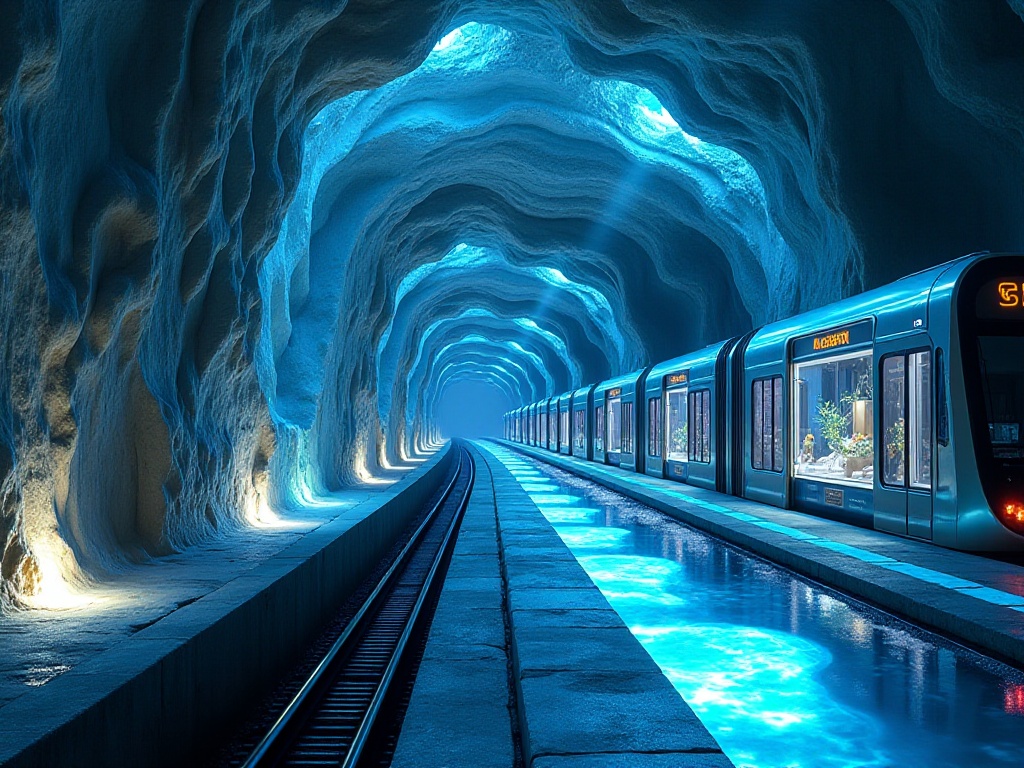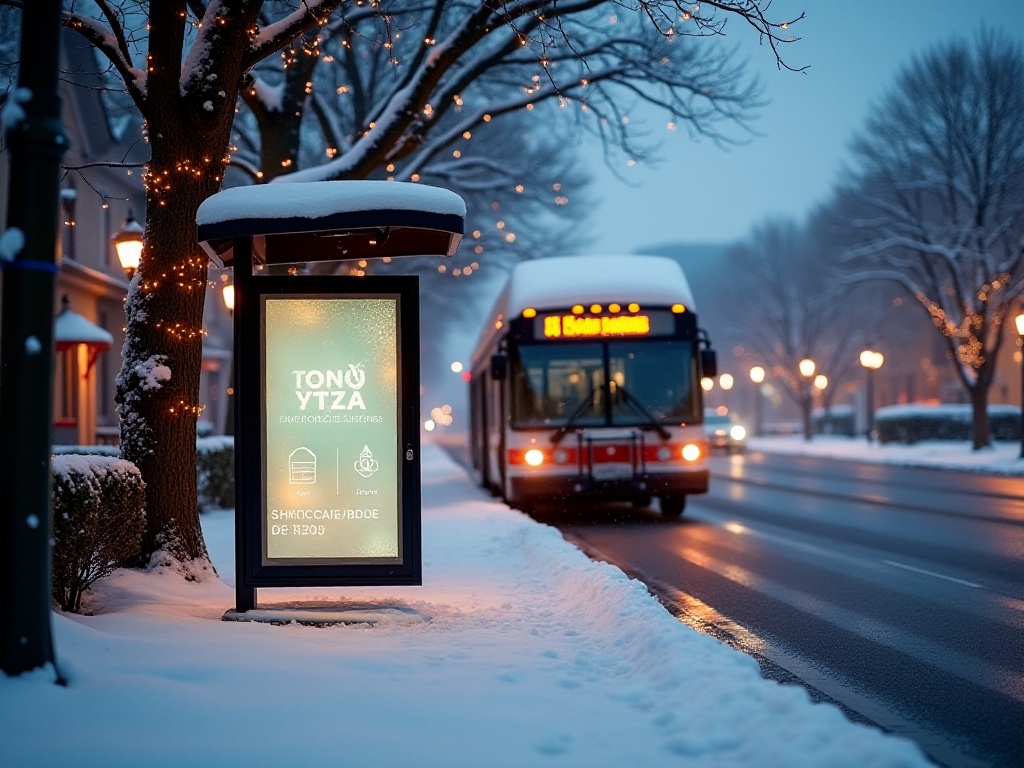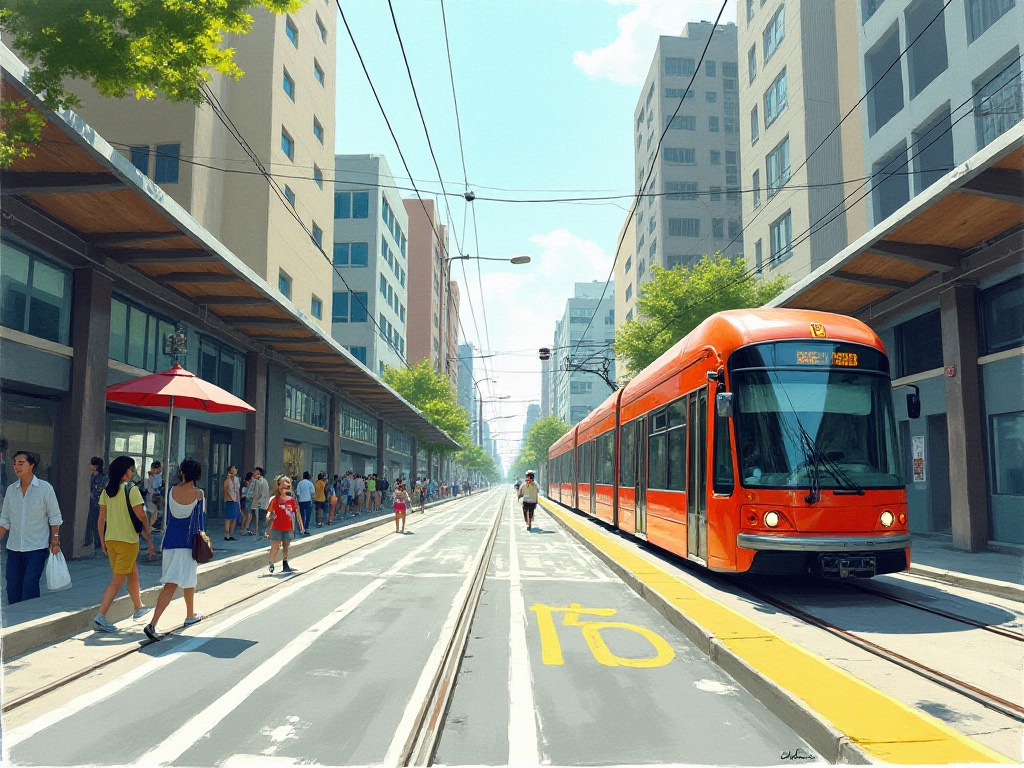In the bustling hearts of cities worldwide, a quiet revolution is taking place. Streets once dominated by the rumble of engines and the honk of horns are being transformed into vibrant, car-free zones where pedestrians reign supreme. This phenomenon, known as pedestrianization, is reshaping urban landscapes and redefining the tourist experience in ways that are profoundly impacting local economies.
As global consciousness shifts towards sustainability and quality of life, tourist districts are at the forefront of this change. From the winding alleys of European old towns to the reimagined downtown cores of modern metropolises, car-free zones are becoming synonymous with desirable travel destinations. But what does this mean for the lifeblood of these areas – the local businesses that cater to both residents and visitors?

The sustainable tourism revolution is in full swing, driven by eco-conscious travelers who seek more than just photo opportunities. These modern explorers crave authenticity, yearning to immerse themselves in local cultures and experiences. They're part of a growing wellness tourism trend, recognizing that exploring a city on foot is not just a means of sightseeing, but a path to physical and mental well-being.
This shift has necessitated a reimagining of transportation in tourist hubs. Public transit systems have become the arteries of car-free zones, complemented by a boom in bike-sharing programs and the rise of micro-mobility options like electric scooters. These alternatives don't just move people; they're creating new economic ecosystems and opportunities for businesses to innovate and adapt.
The transformation of urban spaces into pedestrian paradises is no small feat. It requires visionary urban design, careful planning, and strategies to overcome the inevitable hurdles. Yet, success stories abound – from the medieval squares of Dubrovnik to the modern marvels of Singapore's car-lite zones. These examples serve as beacons for cities worldwide, illustrating the potential for pedestrianization to enhance both the visitor experience and the local economy.

For businesses in these newly pedestrianized areas, the impact is multifaceted. The most immediate effect is often a surge in footfall – more people on the streets translates to more potential customers. But it's not just about quantity; the quality of engagement changes too. Pedestrians, freed from the stress of navigating traffic and finding parking, become leisurely spenders. They're more likely to browse, to linger in cafes, to stumble upon hidden gems they might have missed from behind a car window.
This shift doesn't benefit all businesses equally, of course. Some sectors thrive in the new pedestrian paradigm, while others must adapt or risk being left behind. Restaurants and cafes often see a boom as they expand onto sidewalks and plazas, creating inviting alfresco dining experiences. Retail shops learn to cater to the browsing pedestrian, with eye-catching window displays and street-facing promotions. Even traditional businesses find new ways to appeal to the eco-savvy tourist, emphasizing local, sustainable products and experiences.
The economic ripple effect extends far beyond the street level. Green jobs in sustainable tourism are on the rise, from tour guides specializing in walking tours to maintenance crews for bike-share programs. Real estate in pedestrianized areas often sees a renaissance, with property values climbing as these districts become more desirable places to live and work.
Yet, challenges remain. Ensuring essential access for deliveries and emergency services, managing the ebb and flow of tourist seasons, and balancing the needs of visitors with those of local residents all require ongoing attention and innovation. The most successful pedestrian zones are those that find harmony in this diversity, creating spaces that are vibrant year-round and beloved by tourists and locals alike.
As we peer into the future, the trajectory seems clear – car-free tourist districts are here to stay, and likely to expand. Technology will play an increasingly important role, with smart city innovations enhancing the pedestrian experience. And while tourism may be the initial driver, many cities are recognizing pedestrianization as a model for broader urban renewal, potentially reshaping entire metropolitan areas.

In weighing the economic impact of pedestrianization on local businesses in tourist districts, the scales tilt decidedly towards the positive. While challenges exist and some businesses may struggle to adapt, the overall effect is one of economic vitalization. Streets once choked with traffic become thriving commercial corridors. Areas once passed through become destinations in themselves. And in this transformation, we glimpse the future of urban tourism – a future built on sustainability, authenticity, and the simple pleasure of exploring a city on foot.
As we step into this future, one thing is clear: the footsteps of pedestrians are charting a new course for tourist destinations worldwide. It's a path that promises not just economic benefits, but a richer, more connected urban experience for all who walk it.




